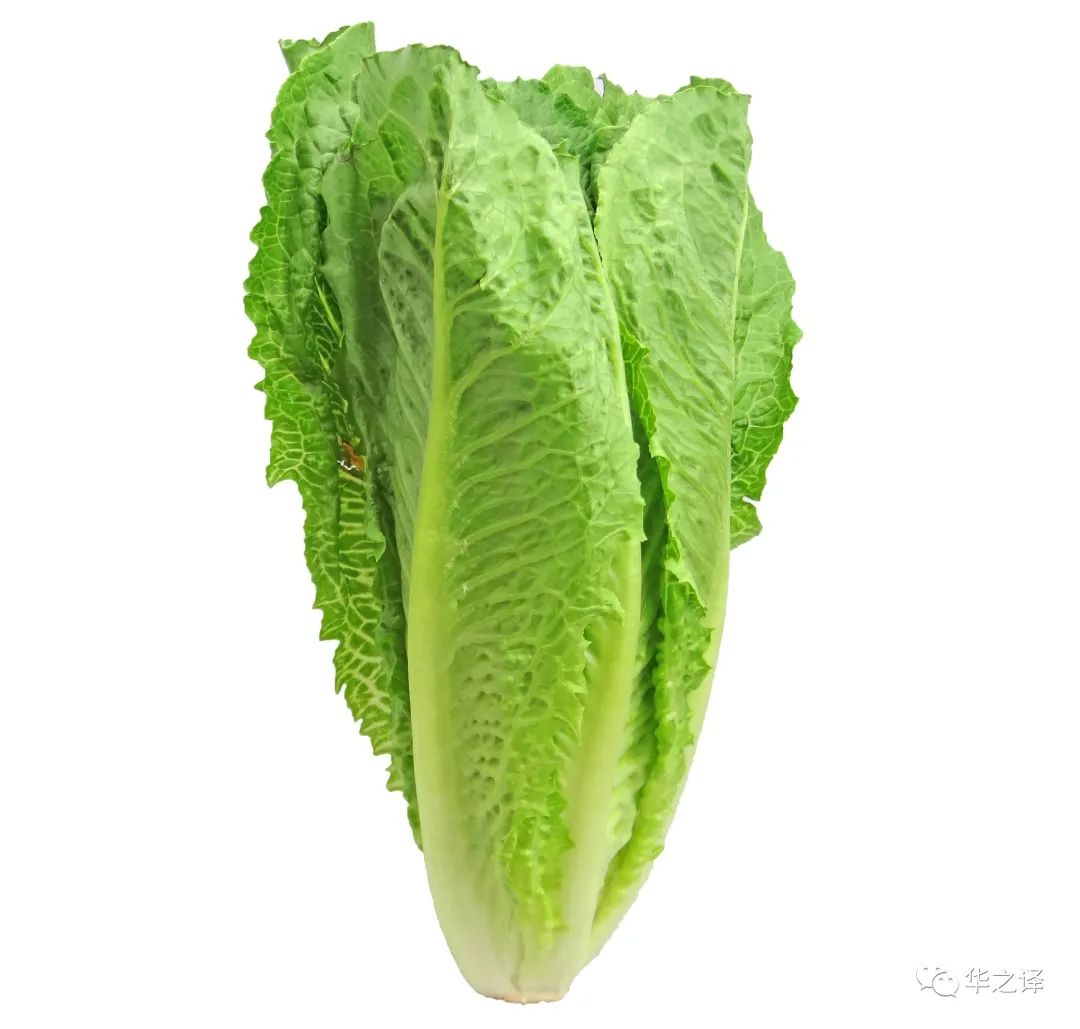国际行业资讯 | 尽早发现食源性疾病
作者:本站编辑
2023-06-27 12:17:06
49

Catching foodborne illness earlyCredit: CC0 Public DomainProduce such as lettuce and spinach is routinely tested for foodborne pathogenic bacteria like salmonella, listeria monocytogenes and pathogenic types of E. coli in an effort to protect consumers from getting sick.生菜和菠菜等农产品定期接受沙门氏菌、单核细胞增生李斯特菌和致病性大肠杆菌等食源性致病菌检测,以保护消费者免于生病。Rapid testing of foods may occur, but it still takes time to figure out who is sick and from where the contaminated product originated. That's far too late for the many Americans who already ate the produce. The current solution, often a multi-state recall, then becomes damage control.可能会对食品进行快速检测,但仍然需要时间来弄清楚谁生病了以及受污染产品的来源。对于许多已经吃过这种产品的美国人来说,这已经太晚了。目前的解决方案,通常是多州召回,然后变成了损害控制。University of Delaware researchers want to spot these bacteria before anyone ever falls ill. As detailed in an article published in the Journal of Food Safety, UD and Delaware-based startup Biospection are about to speed up testing—a lot. Faculty members Harsh Bais and Kali Kniel, alongside former graduate student Nick Johnson, teamed up with Andy Ragone of Biospection to detect foodborne pathogens in three to six hours.特拉华大学的研究人员希望在任何人生病之前发现这些细菌。正如《食品安全杂志》上发表的一篇文章所详述的那样,UD 和位于特拉华州的初创公司 Biospection 即将加快测试速度——很多。教职员工 Harsh Bais 和 Kali Kniel 以及前研究生 Nick Johnson 与 Biospection 的 Andy Ragone 合作,在三到六个小时内检测食源性病原体。A microbiologist by trade, Kniel is an expert on crossover pathogens like salmonella, which gleefully jump to new hosts like that delicious, fresh lettuce.作为一名微生物学家,Kniel 是沙门氏菌等交叉病原体的专家,沙门氏菌会兴高采烈地跳到新宿主身上,比如美味的新鲜生菜。"While the produce industry is working diligently to reduce risks associated with microbial contamination, tools like this have incredible potential to improve risk reduction strategies," said Kniel, professor of microbial food safety who works regularly with industry and government agencies to reduce risk of foodborne illness. "Collaborations like ours between academics and biotechnology companies can enhance technology and impact food safety and public health."“虽然农产品行业正在努力降低与微生物污染相关的风险,但像这样的工具在改进风险降低策略方面具有不可思议的潜力,”微生物食品安全教授 Kniel 说,他定期与行业和政府机构合作以降低食源性疾病的风险 疾病。“像我们这样的学术界和生物技术公司之间的合作可以增强技术并影响食品安全和公众健康。”These pathogens easily find their way into plants, which are unfortunately very welcoming hosts—hosts that can't tell you where their guests are.这些病原体很容易进入植物,不幸的是,植物是非常热情的宿主——无法告诉你他们的客人在哪里的宿主。Just like humans, plants use defense mechanisms to fight disease. But some human-borne pathogens learned to push open a plant's open-entry gates called stomates—pores in the leaves or stem—and make themselves at home.就像人类一样,植物使用防御机制来对抗疾病。但是一些人源性病原体学会了推开植物的开放式大门,称为气孔——叶子或茎上的气孔——并让自己安家。"Because these bacteria are not true pathogens for plants, you cannot physically see early signs that the plant is under stress," said Bais, UD professor of plant biology. "Biospection's technology allows us to say, very quickly, if the opportunistic human pathogen is present in the plant."“因为这些细菌不是植物的真正病原体,所以你无法从物理上看到植物处于压力之下的早期迹象,”UD 植物生物学教授拜斯说。“Biospection 的技术使我们能够非常迅速地判断植物中是否存在机会性人类病原体。”As a chemical physicist working in Wilmington, Ragone got to know Kniel and Bais through Delaware's scientific community and lab equipment sharing.作为在威尔明顿工作的化学物理学家,Ragone 通过特拉华州的科学界和实验室设备共享结识了 Kniel 和 Bais。The researchers married their interdisciplinary expertise to reduce the risk of foodborne illness, a task that industry and academic researchers struggled with for many years. The result? The team created a multi-spectral imaging platform to look at plant sentinel response. A goal is to use this technique directly on a conveyor, scanning your lettuce before it ever heads to the grocery store.研究人员将他们的跨学科专业知识结合起来,以降低食源性疾病的风险,这是行业和学术研究人员多年来一直在努力解决的一项任务。结果?该团队创建了一个多光谱成像平台来观察植物的哨兵反应。目标是直接在传送带上使用这种技术,在生菜前往杂货店之前对其进行扫描。So how do you see a symptom that you can't see? The researchers' technique scans leaves via multispectral imaging and deep UV sensing when the plant is attracting these pathogens. When the researchers looked at benign bacteria, they observed little change. But, with harmful, human-borne pathogens, the test can spot differences in the plant under attack.那么,您如何看到您看不到的症状呢?当植物吸引这些病原体时,研究人员的技术通过多光谱成像和深紫外线感应扫描叶子。当研究人员观察良性细菌时,他们观察到的变化很小。但是,对于有害的人源性病原体,该测试可以发现受到攻击的植物的差异。"Using listeria as an example, in three to six hours, we see a sharp drop of chlorophyll pigments," Bais said. "That's a strong signal that the plant is responding physiologically—a marker of unusual bacteria."“以李斯特菌为例,在三到六个小时内,我们看到叶绿素色素急剧下降,”拜斯说。“这是植物在生理上做出反应的强烈信号——异常细菌的标志。”The new, multi-spectral imaging technique is non-invasive, and lightning fast compared to current tests, where a lab scientist extracts a leaf, grinds it up, plates the bacteria and looks for disease. The current method is not commercially available, but Biospection was awarded a National Science Foundation Small Business Innovation Research grant in 2022 to develop and commercialize it into a real time imaging sensor to inspect plants for disease and other stresses.与目前的测试相比,新的多光谱成像技术是非侵入性的,而且速度快如闪电,在目前的测试中,实验室科学家提取一片叶子,将其磨碎,将细菌铺在平板上并寻找疾病。目前的方法尚未商业化,但 Biospection 在 2022 年获得了美国国家科学基金会小企业创新研究资助,用于开发并将其商业化为实时成像传感器,以检查植物的疾病和其他压力。"Harsh and Kali were certainly instrumental in the techniques that we developed with multi-spectral imaging and the use of deep ultraviolet fluorescence," said Ragone, founder and chief technology officer of Biospection. "We built a portable instrument that could be commercialized."Biospection 的创始人兼首席技术官 Ragone 说:“Harsh 和 Kali 在我们开发的多光谱成像技术和深紫外荧光的使用方面无疑发挥了重要作用。” “我们制造了一种可以商业化的便携式仪器。”Vertical farming is an agricultural sector that stands to reap the benefits of this new technology. Using less water and less space, vertical farms are a vital step towards more sustainable agriculture. But when it comes to disease, these farms are just as vulnerable as traditional, outdoor agriculture. An incidence of E. coli means a vertical farm must throw away an entire harvest.垂直农业是一个可以从这项新技术中获益的农业部门。使用更少的水和更少的空间,垂直农场是迈向更可持续农业的重要一步。但在疾病方面,这些农场与传统的户外农业一样脆弱。大肠杆菌的出现意味着垂直农场必须丢弃整个收成。Biospection is already working with agricultural companies to embed the imaging sensor into vertical farms' shelves and, for outdoor farms, crop drones.Biospection 已经在与农业公司合作,将成像传感器嵌入垂直农场的货架中,对于室外农场,则嵌入农作物无人机中。"Working with UD, we've laid the scientific foundation to create better instruments," Ragone said. "We're working toward an instrument that's portable, automated and can give an answer in a matter of seconds."“与 UD 合作,我们为创造更好的仪器奠定了科学基础,”Ragone 说。“我们正在努力开发一种便携式、自动化并且可以在几秒钟内给出答案的仪器。”For future research, Bais has his eye on determining if this technology can differentiate between different microbes.对于未来的研究,Bais 着眼于确定这项技术是否可以区分不同的微生物。"If the sentinel response is different from one microbe to the other, that gives us the identity of the microbe based on plant sentinel response. We haven't gone there yet, but that would be the ultimate achievement," Bais said. "In one sentinel, then you could differentiate between what benign and harmful microbes does this in terms of one sentinel."“如果一种微生物对另一种微生物的哨兵反应不同,那么我们就可以根据植物哨兵反应来识别微生物。我们还没有做到这一点,但这将是最终的成就,”Bais 说。“在一个哨兵中,你可以根据一个哨兵来区分良性和有害微生物。”

